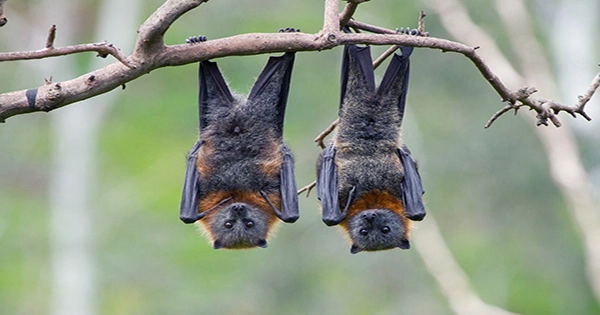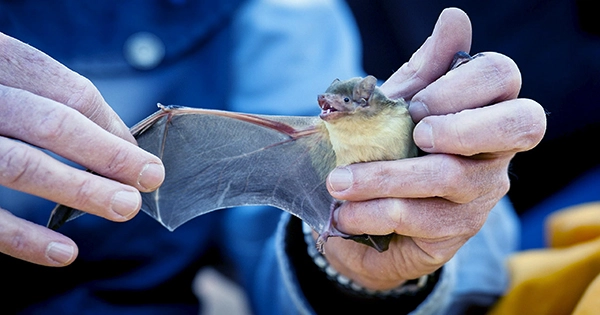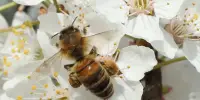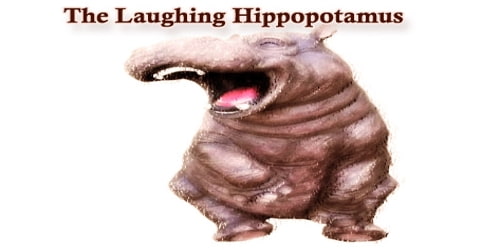For countless years, bats have coexisted with coronaviruses. How one of these viruses changed into SARS-CoV-2, which causes COVID in humans, is still a mystery. Did it come from bats directly to humans or did it go through another animal species? When? Then why? We have little chance of stopping the next pandemic if we are unable to provide answers to these concerns about this now-famous virus.
Other viruses that are fatal to humans, such as rabies, Nipah, and Hendra, are also found in some bat species. But because of their enhanced immune systems, they can coexist with these viruses without becoming ill.
What can we do, then, to stop these viruses from ever developing in the first place? In our recent study on flying foxes in Australia, we came up with one very straightforward solution: conserve and restore native bat habitats to increase natural protection.
Flying foxes that consume nectar are forced into survival mode when we clear away natural woods. They go from largely nomadic animals that establish big roosts in response to eucalyptus flowering to less mobile animals that live close to agricultural land and might encounter horses in a large number of little roosts.
Horses may become infected with the Hendra virus, which is spread by bats. Although it rarely spreads from horses to humans, when it does, it is quite hazardous. In areas that have been extensively cleared in northern New South Wales and southeast Queensland, two-thirds of Hendra incidences in horses have occurred. That is not an accident.
We can take action now that we are aware of how habitat loss and spillover are related. The likelihood that the virus will spread to horses and ultimately humans will be lower if the eucalyptus species on which flying foxes depend are protected. Up to two years ahead, using the information we acquired, it is also possible to forecast periods of increased Hendra virus risk.

Flying foxes are a favorite among many Australians. In cities during the summer, our largest flying animal is frequently captured against the nighttime sky.
The pollination of Australia’s native plants is an essential function of these nectar-loving bats in the environment. (Bees aren’t the only animals that pollinate plants in Australia; flies, moths, birds, and bats all do it.) They rely on the nectar of a select few tree species during the winter, such as forest red gums (Eucalyptus tereticornis), which are primarily located in southeast Queensland and northeast NSW. Unfortunately, most of this habitat has been destroyed to make way for settlements or cultivation.
Typically nomadic, flying foxes travel great distances over the countryside. These bats will swarm the plentiful food when certain eucalypts bloom, and they will gather in active roosts that are frequently more than 100,000 strong.
Australia is a rough country, nevertheless. Eucalyptus trees may stop producing nectar when El Nio causes severe droughts. Flying foxes have to adapt their behavior in order to survive. The big roosts are gone. Instead, bats dispersed widely in search of alternative food sources like newly imported fruits. Only a few weeks normally pass after this response. The bats return to feed in native forests when eucalyptus flowering resumes.
What transpires, however, if there aren’t enough forests to return to?
We discovered that huge winter roosts of migrant bats in southeast Queensland became progressively less common between 1996 and 2020. Instead, flying foxes were establishing little roosts in rural places they ordinarily would have avoided and consuming imported species of plants like privet, camphor laurel, and citrus fruits. They now interact with horses more frequently as a result of this.
Our findings from previous research, which was published last month, showed that the smaller roosts formed in these rural locations also had higher Hendra virus detection rates, particularly in winters following a nectar shortage caused by the climate.
Our simulations demonstrated that severe El Nio episodes resulted in nectar shortages for flying foxes, resulting in the fragmentation of their huge mobile populations into numerous small populations in urban and agricultural areas.
The models, which are significant, demonstrated a clear correlation between food shortages and clusters of Hendra virus spillovers from these new roosts the next year.
This means that we can receive critical early notice of the riskier times for the Hendra virus—up to two years in advance—by monitoring dry conditions and food shortages for flying foxes.
Authorities in biosecurity, veterinary medicine, and human health might utilize this information to alert horse owners to the danger. Then, horse owners may make sure their animals are immunized to safeguard them.
The importance of a healthy environment for human health has long been emphasized by conservationists. This is a very good illustration. We discovered that even in the presence of plentiful winter nectar, the Hendra virus never spread from flying foxes to horses.
We can improve bat health and keep ourselves safe by preserving and restoring bat habitat and replanting important tree species far from horse paddocks.
When there are plenty of flowering gums elsewhere, flying foxes abandon their roosts in urban or rural locations. Trees planted now can begin attracting bats within a decade, so it doesn’t take long.
The SARS-CoV-2 bat virus won’t be the only one to change the globe by hopping species. We may assist as experts work on human vaccines based on the equine Hendra vaccines and devise ways to better respond to the next pandemic.
How? By repairing and maintaining the natural barriers that for so long shielded mankind from viruses carried by bats. It is much preferable to block viruses from spreading in the first place than trying to stop a potential pandemic after it has already started.
The spread of hazardous new viruses can be halted by planting trees. That’s actually how easy it is.
















